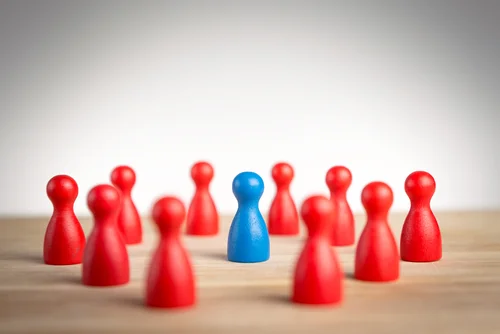+1 845 259 2974 (11 a.m to 7 p.m CST)
How Positive Peer Pressure Works

It's interesting to explore the potential positive aspects of peer pressure, especially considering the common negative connotations associated with it. The idea that peer pressure can have positive effects, often referred to as "positive peer influence," is supported by certain psychological and sociological theories.
Here are some key points to consider regarding the pros of positive peer pressure:
1. Motivation and Goal Achievement:
Positive peer pressure can serve as a motivational force, encouraging individuals to set and achieve goals. For example, a student may strive for better grades if they see their peers succeeding academically.
Group dynamics can create a sense of competition, pushing individuals to excel and work hard in their endeavors.
2. Adopting Good Habits:
Observing peers engaging in positive behaviors, such as working hard, practicing healthy habits, or pursuing constructive activities, can inspire individuals to adopt similar habits.
Being part of a group that values positive actions can create a supportive environment for personal development.
3. Social Cohesion and Teamwork:
Positive peer pressure can foster a sense of teamwork and social cohesion. For example, if a group of friends is dedicated to a common goal, such as excelling in sports, each member is likely to contribute positively to the group effort.
Teammates working together can lead to improved individual and collective performance.
4. Behavioral Changes:
In some instances, individuals may be prompted to make positive behavioral changes due to the influence of their peers. This could include giving up harmful habits and adopting healthier lifestyles.
5. Building Confidence:
Successes achieved under positive peer pressure can contribute to an individual's confidence. Knowing that one can make positive choices in a group setting can enhance self-esteem.
6. Inspiration and Aspiration:
Positive peer pressure can serve as a source of inspiration, with individuals aspiring to emulate the success or positive attributes of their peers.
7. Emphasizing Positive Norms:
In environments where positive behaviors are the norm, individuals may feel compelled to conform to these positive norms, leading to a collective culture of achievement and personal growth.
While acknowledging these potential benefits, it's crucial to differentiate between positive and negative peer pressure. Positive peer pressure is characterized by encouragement toward constructive behaviors, while negative peer pressure involves coercion or influence toward harmful actions.
Parents, educators, and mentors play a significant role in guiding young individuals to navigate peer pressure, helping them distinguish between positive and negative influences. Building resilience, critical thinking skills, and a strong sense of self can empower individuals to make informed choices even in the face of peer pressure.























